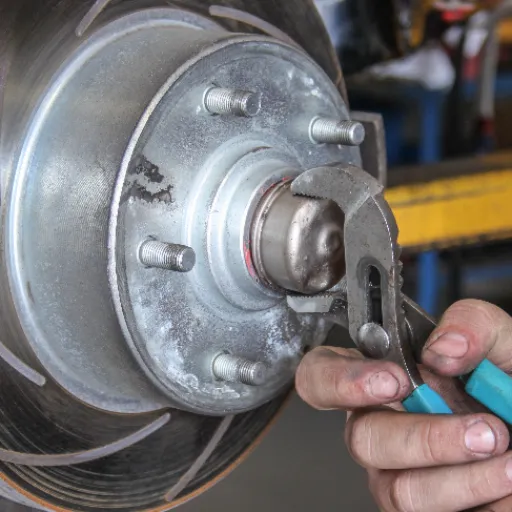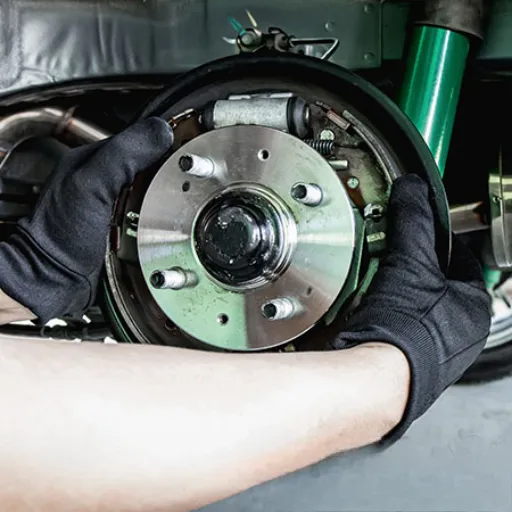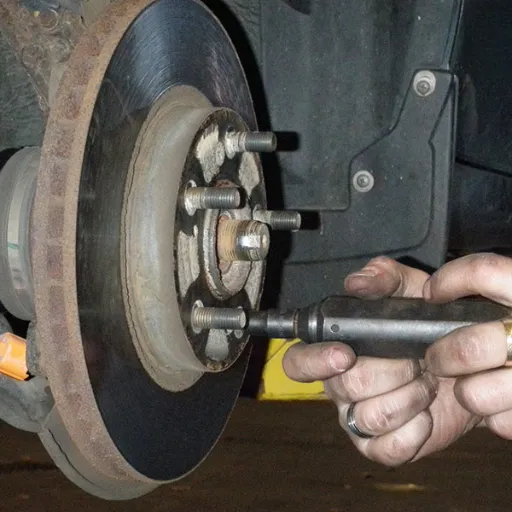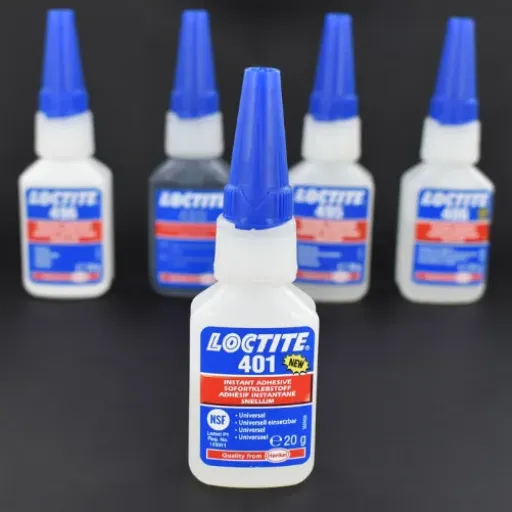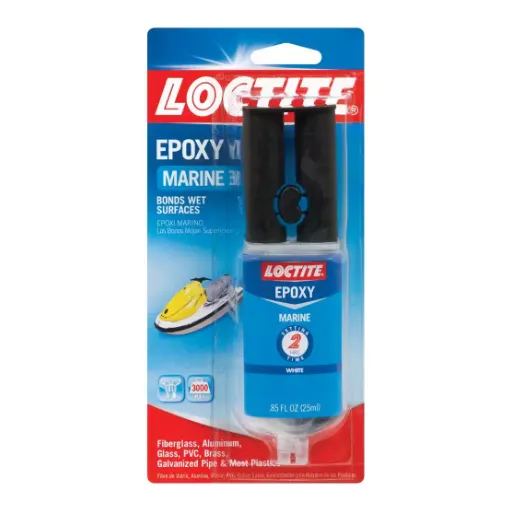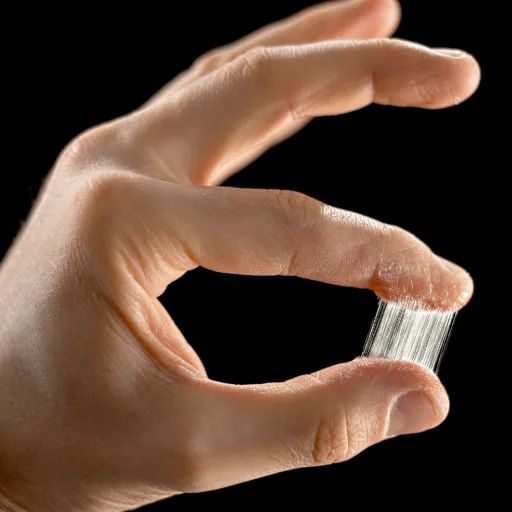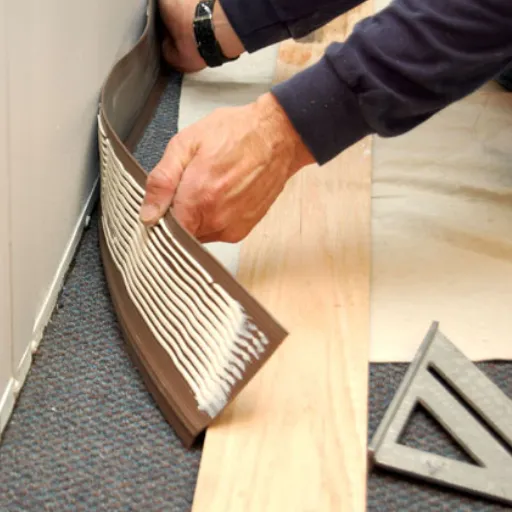Choosing the right glue can be pretty challenging. Mega-fixing glues of the time include Loctite 406 and Super Glue. But between the two, which is most suitable for your application? This guide will walk you through the key differences, benefits, and optimal use cases for the two adhesives, enabling you to determine the best fit for your application. For those involved in intricate repairs, industrial projects, or simpler fixes alike, understanding the key features will be imperative in achieving lasting and dependable bonds. Join us as we explore the key features of these two prominent glue names and let them guide you to the perfect option for your project.
Overview of Loctite 406
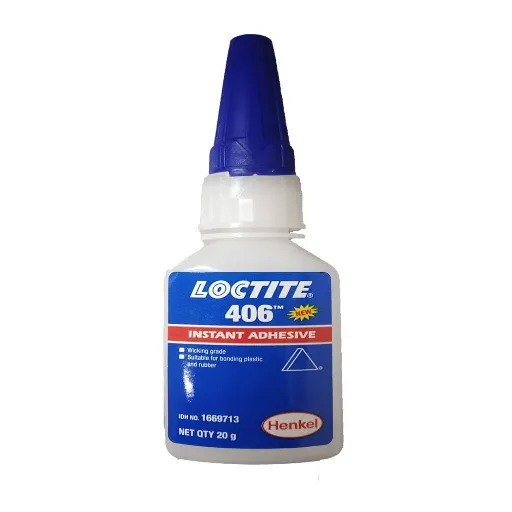
Loctite 406 is an ultrafast-acting cyanoacrylate adhesive, providing rapid and efficient bonding. This makes it especially suitable for use with rubber, plastic, and elastomers, where almost precise positioning is required with high strength and reliability. Also of low viscosity, this formulation flows readily into tight spaces to form a firm bond, even in fragile assemblies. Loctite 406 is highly regarded for its almost instant curing on hard-to-bond substrates, delivering reliable and consistent results.
Key Features of Loctite 406
- Fast Bonding: Loctite 406 provides exceptionally fast bonding, curing in seconds to enable maximum efficiency and minimize downtime during application.
- Versatile Substrate Compatibility: Specially developed for bonding plastics, rubbers, and elastomers, this adhesive is ideal for hard-to-bond items that require precision and reliability.
- Low Viscosity: This low-viscosity nature allows it to pass into minute spaces and tolerances, ensuring a perfect bond even in fragile assemblies.
- High-Performance Bonds: The Loctite 406 provides strong and durable adhesion to complex surfaces, ensuring that this bond lasts and gives consistent results.
- Minimal Blooming: The formulation minimizes blooming or whitening, ensuring a clean, professional finish from the adhesive.
- Temperature Resilience: It performs well across a range of operating temperatures, maintaining its performance under variable environmental conditions.
Advantages and Disadvantages
Advantages
- Fast Bonding: The Loctite 406 ensures practically immediate bonding, making it ideal for applications that require quick assembly and immediate handling.
- Precision Application: Owing to its low viscosity, it can be applied with utmost accuracy, particularly in situations involving narrow tolerances or very intricate parts.
- Compatibility: Adhesives work with a wide range of materials, including rubber, plastics, and metals, which makes them all the more versatile.
- Reliability: It provides consistent performance, ensuring durable bonds in industrial settings.
Disadvantages
- Limited Gap Filling: Due to its low viscosity, Loctite 406 is found to be inadequate for gap-filling larger spaces.
- Surface Preparation: Proper pre-bond surface preparation is required. One cannot simply fail to clean it properly, as the bond strength will definitely suffer.
- High Cost: At times, the cost acts as a barrier to those applications where high-performance bonding is not required.
- Sensitivity to Moisture: An environment with high humidity or improper storage conditions may compromise the expected shelf life and performance of the product.
What is Super Glue?
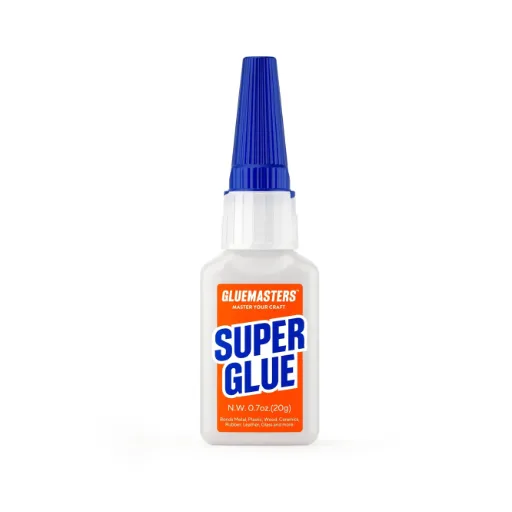
This thing called Super Glue is an interface agent among different classes of materials, a fast-curing bonding agent. Bonds form when the glue reacts to the moisture available in the surfaces to be bonded; the bonding force is powerful and holds the bonded surfaces tightly within a matter of seconds. The glue has applications in repairs, crafts, and industrial uses, thanks to its ease of use and its ability to work on various materials, including plastic, metal, wood, and ceramic. Quick-grip time and versatility make Super Glue a common choice for everyday use in many applications.
Definition and Key Features
Super Glue is the panacea for minor repair issues and household fixes. Technically called cyanoacrylate, it stood out with its instantaneous bonding ability, which short-circuited the long, hard wait time associated with other adhesives. Recent data suggest a rise in searches for “solutions for quick repairs” and “strong glues for multiple surfaces,” indicating the continued demand and relevance of Super Glue on the market. A compact and affordable packaging option enhances its practicality, making it a must-have item in both household and professional toolboxes. With its chemical properties, the glue can establish powerful bonding effects with a small amount, making it a dependable bonding agent.
Advantages and Disadvantages
Advantages
Super Glue has numerous advantages that make it a versatile bonding agent for nearly all applications. Due to its ability to quickly bond and adhere with considerable force, it can act on a wide range of materials, including metals, wood, plastics, and ceramics. Fast-drying glue can meet customer needs both at home and in industry, as it enables prompt task completion with minimal waiting time. Apart from being cheap and inexpensive to buy, Super Glue also finds its appeal among a vast range of untied consumers due to its long shelf life. Moreover, restored in tiny and compact packaging, it is excellent for storage needs, making it easy to access even in high-pressure environments.
Disadvantages
Super Glue has its restrictions. Although it forms strong bonds, it is not the most appropriate adhesive for rubber or any other material exposed to moisture or vibrations over an extended period. Not following application instructions might cause the glue to bond to one’s skin quickly, putting safety at risk and necessitating utmost caution during its application. The glue dries too quickly, so it must be applied with precision: one has to be sure of placement because very little time is allowed for adjustments. Finally, one should not put Super Glue to the test if they begin to rely on it for high-stress weight-bearing repairs; the results may indeed disappoint them. These are other reasons why it is essential to know well in advance what the adhesive can and cannot do, so that the appropriate task may be selected accordingly.
Key Differences Between Loctite 406 and Super Glue
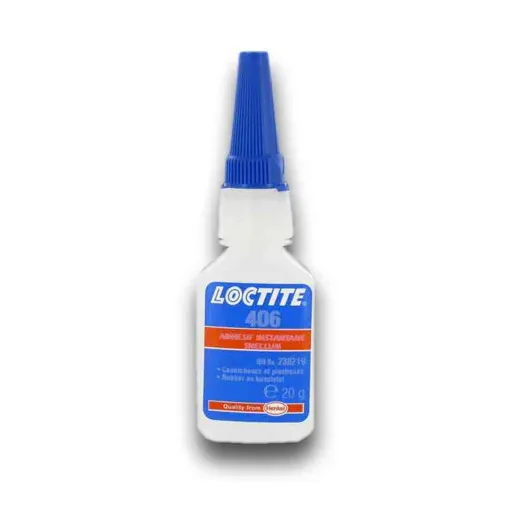
| Aspect | Loctite 406 | Super Glue |
|---|---|---|
| Purpose and Formulation | Specialty adhesive manufactured to bind substrates such as plastics and rubbers with high speed and strength | Multi-purpose adhesive that is not really meant for difficult materials |
| Performance | Provides superior treatment and enhanced reliability for low-energy substrates in demanding applications | Pretty effective for general bonding purposes, but may struggle with specialized and highly stressed materials |
| Strength and Durability | Intended for heavy industrial applications, providing a stronger, more permanent bond | Better for light-duty repairs of a temporary nature |
| Drying Time | Creates a stronger bond in a shorter time on certain materials, critical in professional work settings | Dries very quickly but may not achieve the same bond strength as Loctite 406 |
| Applications | Works well in industrial and specialized settings when bonding plastics, rubbers, and combinations of materials | Meant for mundane household repairs |
Bonding Strength Comparison
While exhibiting differences in bonding strength, Loctite 406 has consistently distinguished itself through its exceptional performance on specialized materials, including plastics and rubbers. It is moldable and creates much stronger, relatively enduring bonds suitable for applications in challenging areas or industrial settings. Super Glue will generally hold well for household purposes, albeit for minor repairs or simple bonding jobs. But for instance, when exposed to high stress or when bonding different materials, its performance will degrade. Ultimately, it boils down to what one requires the adhesive for and the kind of materials one intends to bond together.
Curing Time and Durability
Curing time-wise, epoxy usually takes longer to heal than Super Glue. Epoxies can take several hours to set completely and up to 24 hours to cure completely, depending on the formulation and environmental conditions. This, of course, allows the positioning and alignment of the objects being bonded to be adjusted. On the other hand, Super Glue cures quickly, often in seconds, and gains full strength within minutes, making it ideal for repairs that require speed.
Durability is truly the domain of epoxy. After complete curing, it forms a sturdy and very resilient bond capable of resisting heavy loads, extreme temperatures, chemical exposure, or immersion in water. Super Glue, though strong, can become brittle under heavy stress, moisture, or extreme temperatures. For industrial or outdoor applications requiring long-term performance, epoxy has often been the top choice; meanwhile, for convenient, quick fixes, Super Glue is a valuable option.
Use Cases for Each Adhesive
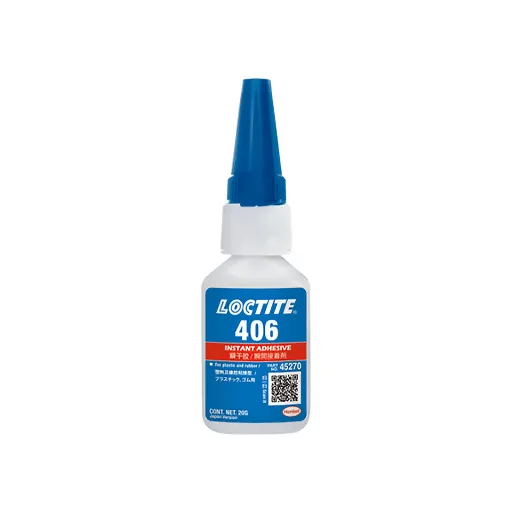
Loctite 406
Loctite 406 is a fast-acting adhesive that specializes in bonding plastics and elastomers for industrial applications. Small precision applications, such as bonding tiny electronic parts or repairing flexible materials like rubber seals, are typical use cases for this adhesive. Due to its speedy cure and specialty formulation, it is very popular in industrial applications where a quick, reliable bond needs to be formed without the application of clamping.
Super Glue
Super glue is better suited for common bonding in day-to-day applications. It comes in handy for quick household repairs, such as fixing broken ceramic or plastic items or light-duty materials. Not much of a specialist, like Loctite 406, but it does functional work for tasks that require a quick, simple fix.
When to Use Loctite 406
Loctite 406 is my machine adhesive of choice whenever I require a precision adhesive for small parts that bonds fast and reliably, regardless of industrial or technical application. Perfect, that apparently makes for jobs where the strength, the mutual nature of materials—times rubber, plastic, metal in this case—precision-type-fast-no-clamping—are called into question; one would be clumsy to asperse upon it.
When to Use Super Glue
Super glue is best, so long as you require an instant and durable bond for small to medium repairs. This glue does wonders, especially on non-porous surfaces such as metal, plastic, ceramic, and rubber, giving a tight adhesion in just a few seconds. It is common to use this glue on broken household items to mend delicate pieces, such as jewelry, or to seal one or two minor cracks on tools or gadgets. It is also an excellent enhancer for certain art and craft projects requiring precise bonding. However, it is a poor choice for porous materials, such as fabrics and wood. Don’t ever trust it in high-load or high-temperature situations. Always be sure that the surfaces are clean and dry when applying super glue for the most successful results.
Expert Opinions and Customer Reviews
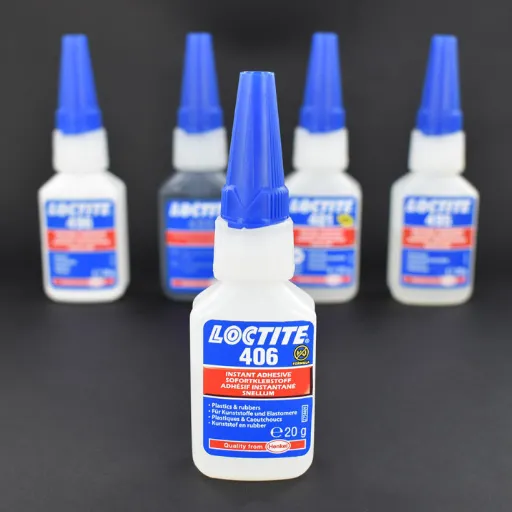
The experts stated that the glue acts quickly and forms a very reliable bond, particularly when used on non-porous surfaces such as metal, glass, or plastic. It has been praised and considered helpful because it bonds with almost anything, is easy to use, and is a popular household and craft repair glue. Professionals have, however, noted that the glue should not be used on porous or uneven materials, as the bond can weaken over time.
According to online reviews, customers appear to endorse the professionals’ opinions, emphasizing the convenience and versatility of the product. On the positive side, customers remark on its quick setting and long-lasting bonding. On the negative side, some found the glue somewhat tricky to use or to remove excess from, so take care when applying it. Overall, this glue has received stellar reviews for its usefulness when applied correctly.
Expert Insights on Loctite 406
Loctite 406 is considered an all-time favorite adhesive for its ability to quickly and effectively bond small parts. They also explain that it is regarded as a rapid-cure adhesive, and therefore, it finds great applications in industries such as electronics, automotive, and medical devices. Flowing well with a low viscosity, it allows the glue to enter lower and tighter spaces to form the bond, even in demanding applications. Tests also demonstrate that this adhesive is well-suited for compatibility with rubber, plastics, and metals, making it highly versatile for various applications. Still, experts emphasize that proper surface preparation, particularly cleaning and degreasing, is crucial for achieving maximum bond strength.
Customer Reviews of Super Glue
Widely accepted by reviewers, products such as Loctite 406 had a generally positive aura surrounding them. Customers praised it for its quick bonding time and strength across several materials; it worked just as well for minor household repairs as it did for industrial applications. One customer recorded: “Loctite 406 saved me when I needed to fix a broken plastic piece on my car- it held strong and dried instantly.” Other reviews raised concerns about its drying time, stating that it could be challenging to realign pieces once applied. Some others mentioned the importance of surface preparation to ensure the best results. Otherwise, Super Glue has been revered as providing an extraordinary balance between strength and versatility when applied correctly.
Reference Sources
Presented below are three scholarly and professional-level sources to use to verify your article, as well as to supplement it. These sources provide an academic view from property and adhesive performance perspectives:
- University of Debrecen Repository
Title: “Mechanical analysis and optimization of adhesive solutions in automotive manufacturing: a study on Loctite adhesives”
Description: The study examines the performance of Loctite 406 in comparison with other adhesives in the automotive manufacturing industry. - ProQuest
Title: “Tensile behaviour of adhesive overlap joints with PP, UHMW-PE and PTFE polymers”
Description: Looks at the bonding performances of Loctite 406 to these polymers, giving necessary evidence for material compatibility. - SpringerLink
Title: “The effect of technological and structural factors on the strength of polyethylene adhesive joints”
Description: Examines the technological and structural factors that affect the performance of Loctite 406, with a detailed statistical treatment.
Frequently Asked Questions (FAQs)
What is Loctite 406?
Loctite 406 is an instant adhesive, primarily designed for bonding plastics and elastomeric materials. It is a low-viscosity cyanoacrylate adhesive that provides a fast curing time, making it ideal for applications requiring the quick bonding of difficult-to-bond materials.
How does Loctite 406 compare to regular super glue?
While both Loctite 406 and regular super glue are cyanoacrylates, Loctite 406 is specifically formulated for bonding plastics and rubbers. It offers superior performance in applications where a strong, durable bond is required, particularly with difficult-to-bond surfaces.
What are the key features of Loctite 406?
Loctite 406 features a low viscosity and fast curing capability, making it ideal for bonding plastics and elastomeric materials. It allows for thin bond lines and provides a firm fixture quickly, making it suitable for various design applications.
Can Loctite 406 be used on acrylic materials?
Yes, Loctite 406 is effective for bonding acrylic, as well as other plastics and elastomeric materials. Its formulation ensures a reliable bond even on challenging surfaces.
What is the fixture time for Loctite 406?
The fixture time for Loctite 406 is rapid, allowing for immediate handling after application. This feature makes it an excellent choice for time-sensitive projects that require rapid bonding.
Is there a specific primer needed for Loctite 406?
While Loctite 406 can bond without a primer, using a primer can enhance its performance on particularly challenging surfaces or when bonding difficult-to-bond materials. It is advisable to check product information for specific recommendations.
What is the delivery time for Loctite 406 products?
Loctite 406 products typically have a day delivery option, ensuring that you receive the adhesive promptly for your project needs. Be sure to check with suppliers for specific shipping details.
What are the material safety considerations when using Loctite 406?
Material safety is crucial when using Loctite 406. Always read the product safety data sheet (MSDS) and follow safety guidelines, as the adhesive can cause skin and eye irritation. Proper ventilation and protective equipment are recommended during application.
Where can I find related products for Loctite 406?
Related products for Loctite 406, including other Henkel adhesives and bonding agents, can typically be found through online retailers or specialized distributors. Always check for compatibility with your specific materials before making a purchase.







